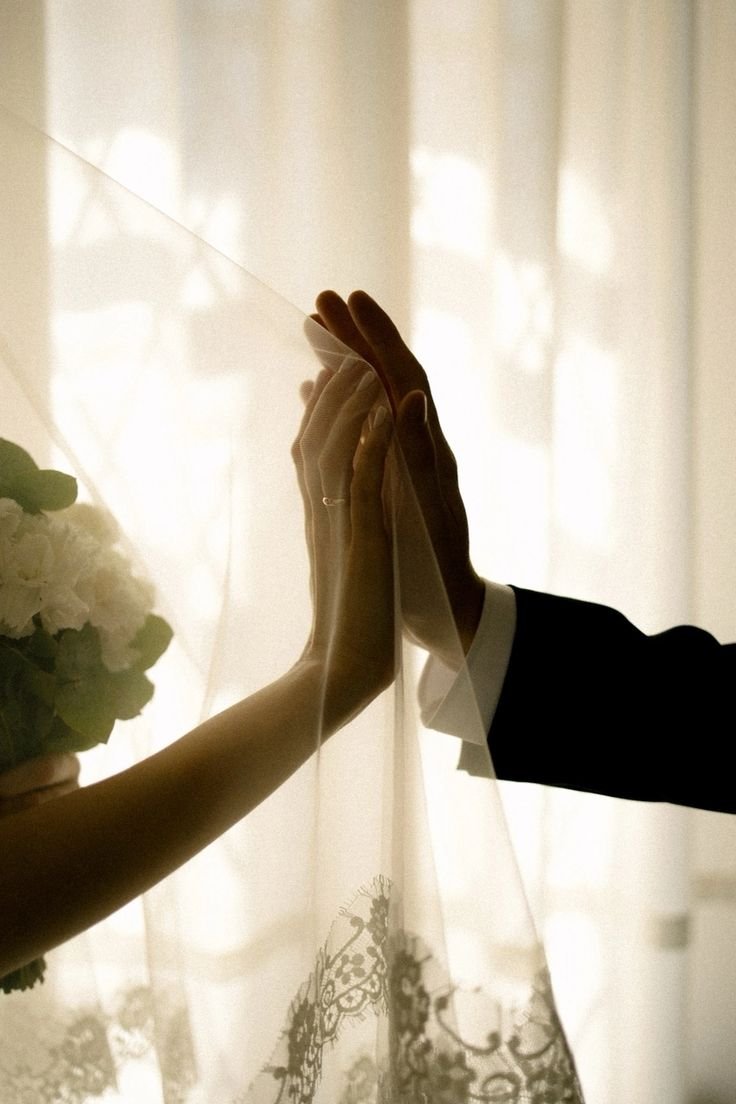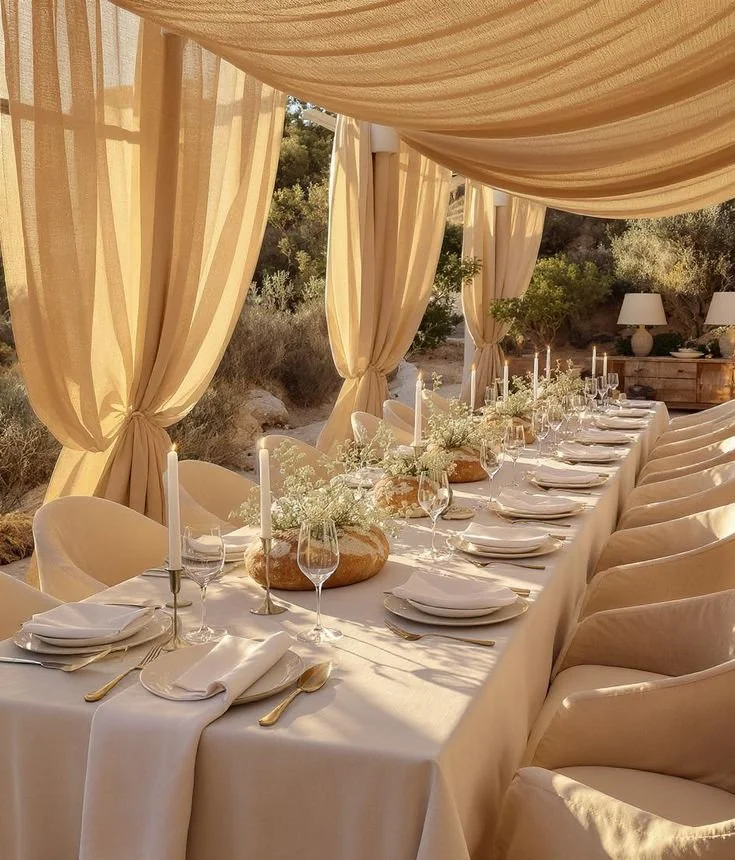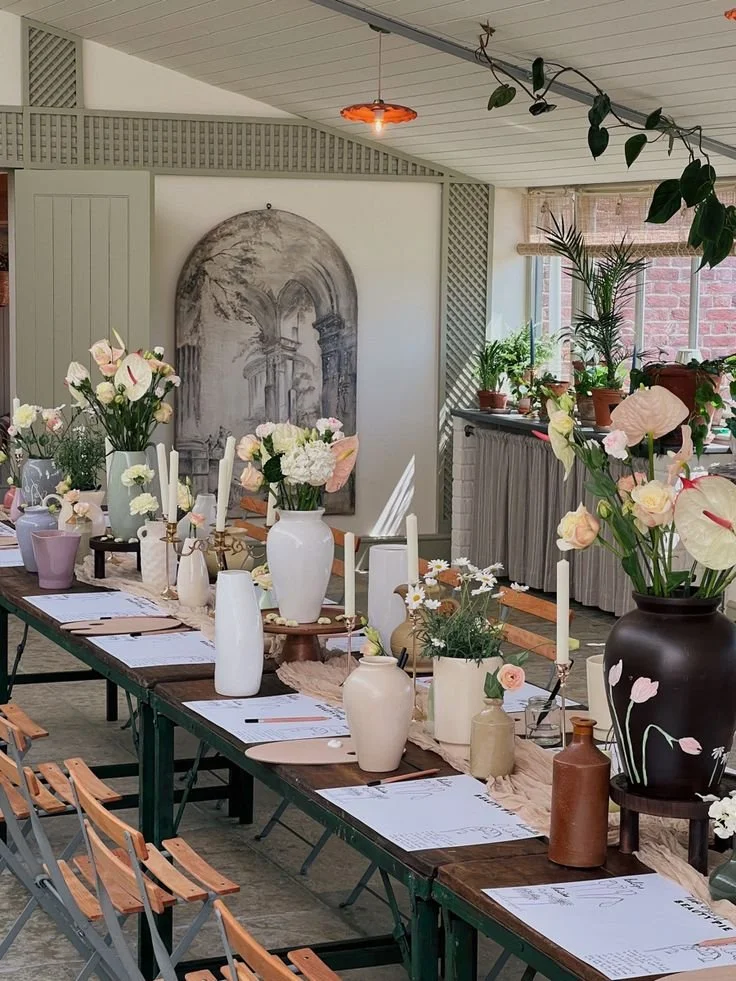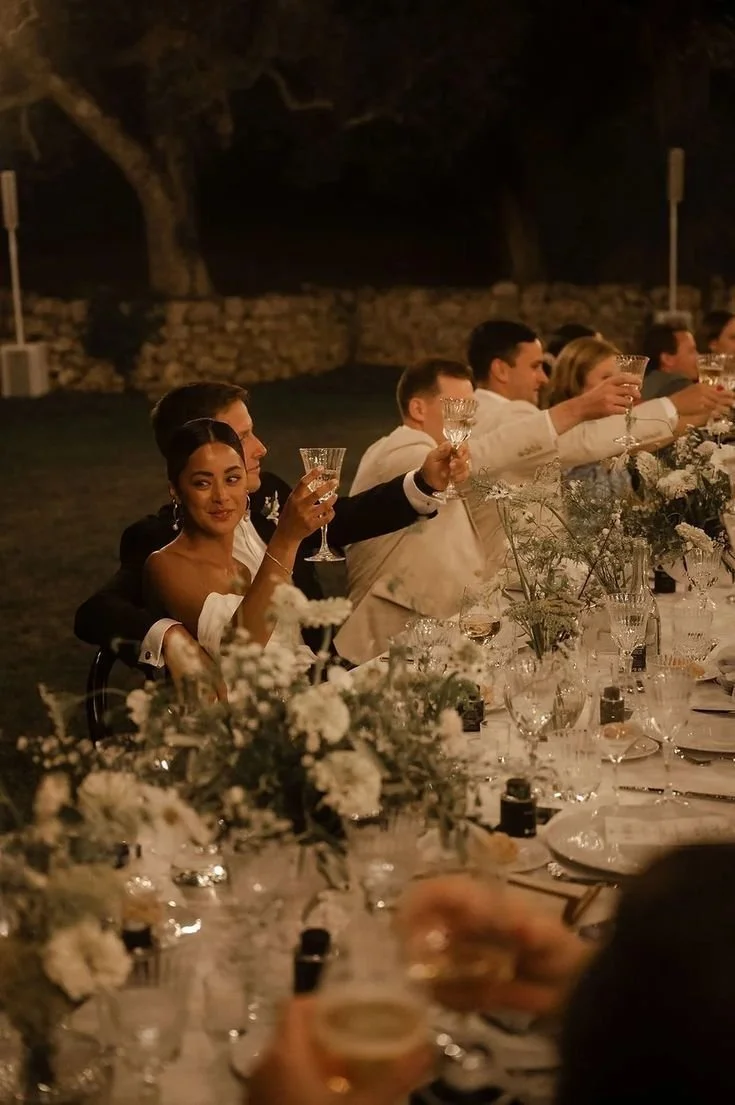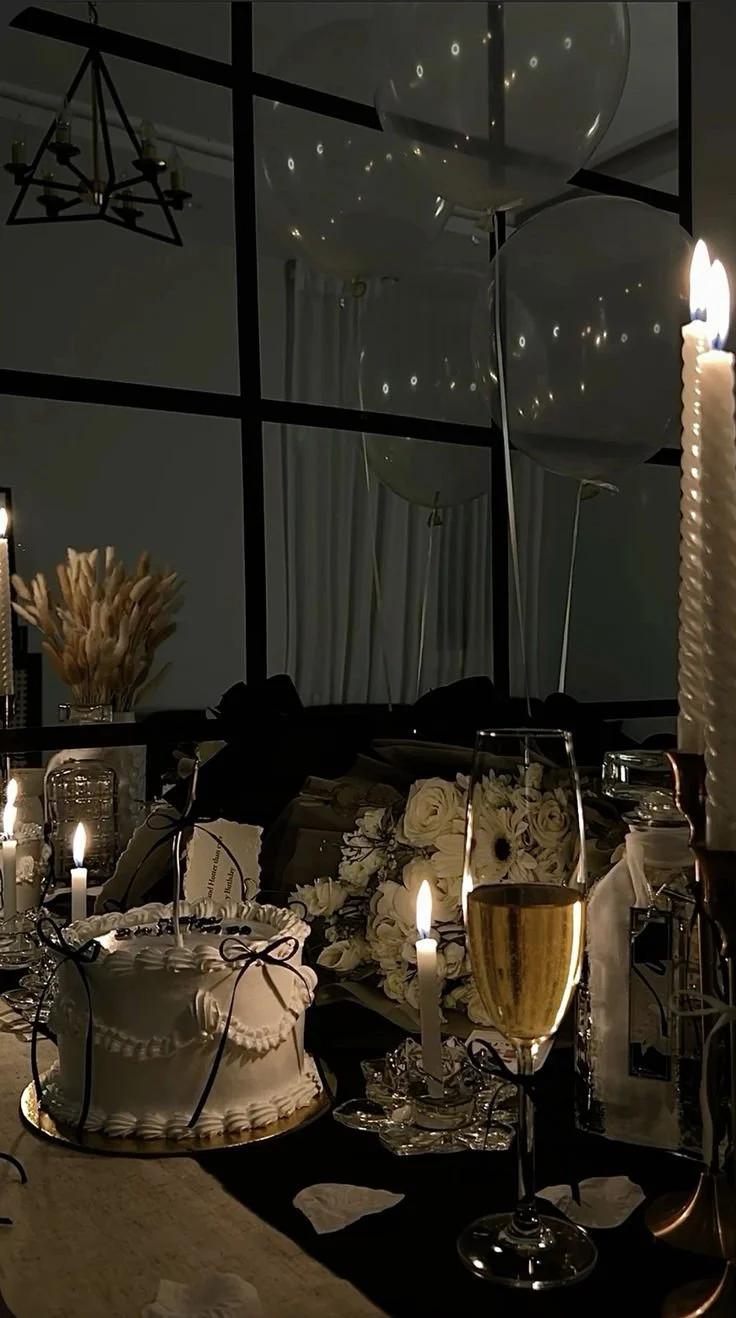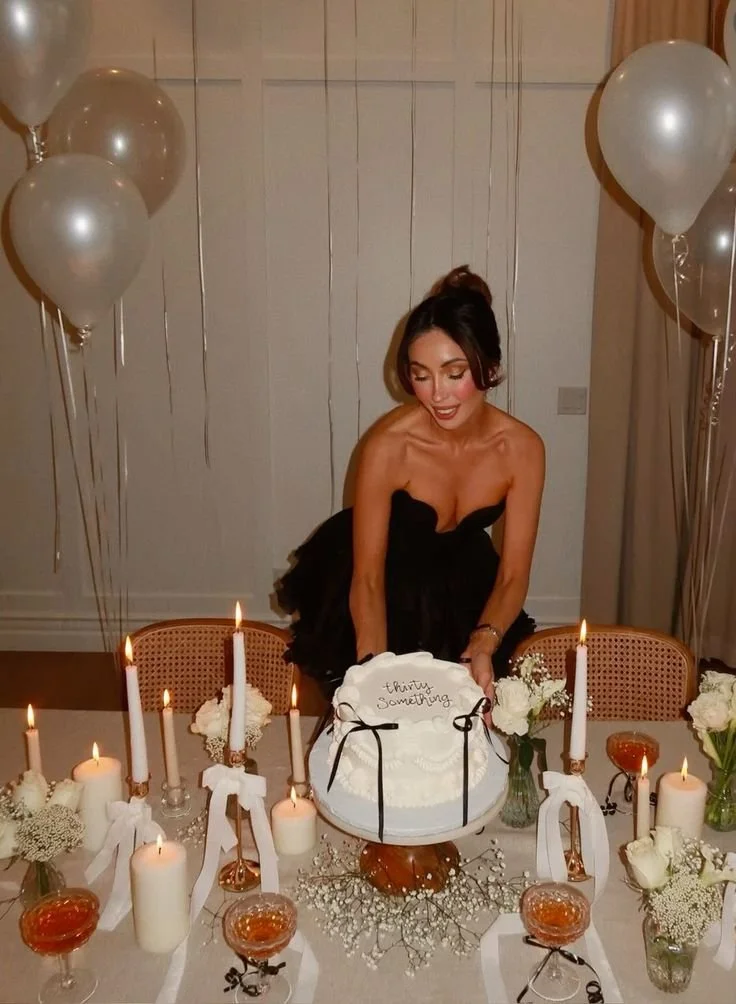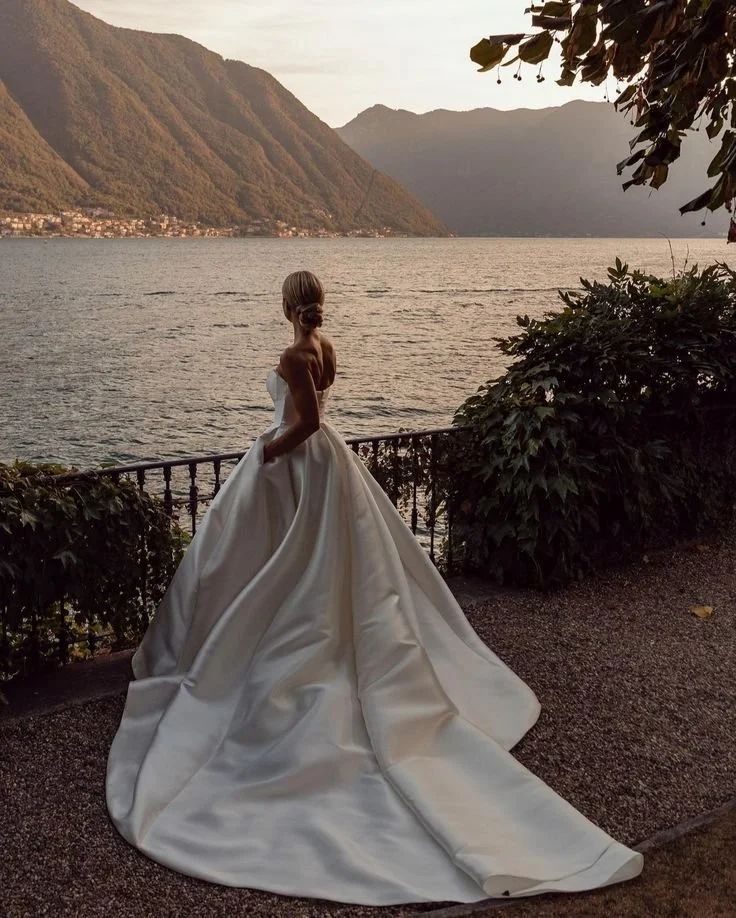Preserving Stories Through Paint: The Legacy Of Aboriginal Artists
Aboriginal art stands as one of the oldest and most profound forms of cultural expression in the world. Rooted in the traditions of Australia’s First Nations peoples, this art form transcends mere aesthetics—it is a living, breathing narrative that preserves and communicates thousands of years of knowledge, spirituality, and connection to the land.
Through the use of intricate symbols, dot painting techniques, and storytelling motifs, Aboriginal artists have passed down their ancestral wisdom from generation to generation. These artworks are not only visually captivating but are also deeply embedded with meaning, offering insights into Dreamtime stories, cultural beliefs, and historical events.
In this article, we explore the visual storytelling power of Aboriginal art, the symbolism behind its unique forms, and the cultural importance of preserving and celebrating this extraordinary artistic tradition.
No. 1
Visual Storytelling
Aboriginal artists express themselves through their artwork, and the discipline is renowned for its exceptional visual storytelling capabilities. Each piece invites the viewer on a meaningful journey, revealing essential elements of Aboriginal cultural evolution, spiritual beliefs, and lived experiences.
Artists often inherit the rights to depict specific stories, allowing them to share both their personal narratives and the collective history of their people. These rights are passed down through generations, maintaining the authenticity and sacredness of each tale.
This storytelling is typically managed by families or community groups, ensuring that the stories remain accurate and respected over time. Depending on the audience or the medium used—be it canvas, bark, rock, or sand—the interpretation of these stories can vary, adding layers of depth to each work.
Aboriginal art is not simply a visual display; it is a dynamic form of communication that bridges the past with the present, offering a glimpse into the spiritual and cultural identity of Aboriginal communities.
No. 2
Symbols and Meaning
Aboriginal art is deeply symbolic, with each motif, shape, and color carrying specific meanings tied to cultural teachings, Dreamtime stories, and ancestral knowledge. These symbols are not universal but often vary between different tribes and regions, each with its own unique interpretations and traditions.
The artwork frequently explores themes such as survival, creation myths, sacred ceremonies, and significant historical events. Through these visual codes, Aboriginal artists convey complex narratives that have been passed down for thousands of years.
Common Aboriginal Art Symbols Include:
Dot formations: Representing stars, landscapes, or spiritual journeys
Animal figures: Depicting totems, clan identities, or Dreamtime beings
Concentric circles: Signifying campsites, waterholes, or meeting places
Wavy lines: Indicating water, movement, or travel paths
While some symbols are widely recognized, their meanings can shift from one artwork to another, depending on the artist’s intent, personal experience, and cultural background. This fluidity allows Aboriginal art to remain both deeply personal and universally resonant.
By engaging with these artworks, broader audiences gain insight into the sacred traditions and lived realities of Aboriginal peoples, fostering greater understanding and respect for their culture.
Minted
Discover the perfect blend of artistry and quality with Minted - the online marketplace showcasing a diverse collection of unique designs from independent artists around the world.
No. 3
Cultural Importance
The preservation, circulation, and celebration of Aboriginal art are vital to the survival and recognition of Aboriginal culture. These artworks are more than creative expressions—they are essential tools for education, communication, and cultural continuity.
In many communities, art serves as the primary means of documenting and sharing stories, especially in the absence of written language. As such, each piece becomes a vessel of knowledge, carrying forward the wisdom of ancestors and the voices of present-day storytellers.
Why Supporting Aboriginal Art Matters:
It sustains cultural identity and strengthens community pride
It provides economic empowerment through ethical art sales and exhibitions
It educates non-Indigenous audiences about Aboriginal history and perspectives
It fosters reconciliation by encouraging dialogue and mutual respect
Whether experienced through an online art auction, a gallery exhibition, or an educational program, Aboriginal artwork offers a powerful opportunity to engage with Australia’s Indigenous heritage. As global interest in this art form continues to rise, so too does the responsibility to approach it with sensitivity, authenticity, and reverence.
By supporting Aboriginal artists and respecting the sacred stories they share, we contribute to the ongoing vitality of one of the world’s oldest continuous cultures.
Takeaways
Aboriginal art is far more than a visual tradition—it is a profound cultural language that speaks across generations, landscapes, and communities. Through its rich symbolism, intricate storytelling, and deep spiritual roots, it offers a window into the soul of Aboriginal Australia.
As we continue to explore, appreciate, and support this remarkable art form, we not only honor the legacy of its creators but also help ensure that their stories, teachings, and identities remain vibrant and respected in the modern world.
Let us listen, learn, and celebrate the enduring power of Aboriginal art—a timeless expression of connection, culture, and creativity.
Looking for resources?
At Hello Lovely Living, we aim to empower you to earn and save money and time while benefiting from our expansive network of home, life, wellness, travel, work-from-home, career, and business resources and opportunities. Discover a wealth of tools to support your journey.



